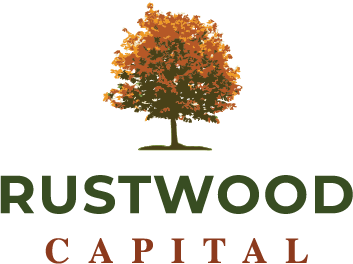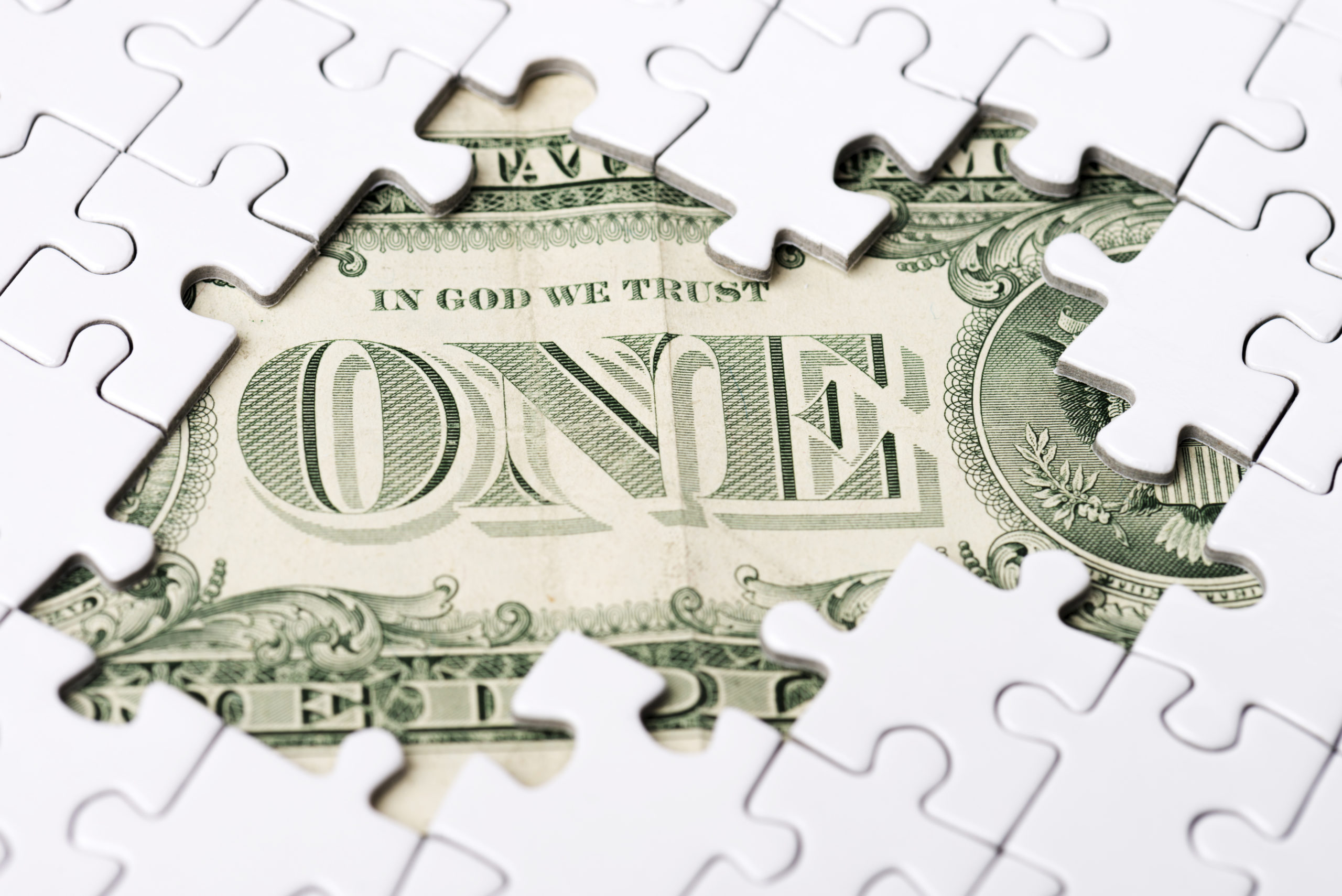There are several reasons why you might be considering pursuing a small business loan. Some of the most common reasons are: start a new business, expand your current business, upgrade equipment, or improve cash flow.
If you do decide to accept a business loan, you must become familiar with the loan principal first. In this post, we’ll look at business loan principal: what it is, how it works, and where you can find it.
Definition of Loan Principal
Loan principal is simply the amount of money borrowed from a lender when you take out a business loan. For example, if you borrow $40,000 to purchase equipment for your business, the principal is $40,000.
Typically, the loan balance includes the principal as well as interest charges. Therefore, interest typically increases your balance even if the principal is $40,000. As you make payments on the loan balance, the principal will go down and once you’ve paid the original amount, the principal will be $0.
Principal versus Interest
Principal is the amount you borrow, while interest is the cost of borrowing the money. A lender doesn’t just lend out money for free- they have to make a profit on it. The principal is a dollar amount, while interest is a percentage. The interest rate will depend on the policies of your lender as well as your business credit history.
Most of the time, a high credit score and strong history translates to a lower interest rate, so you must take care to build up your business credit before taking out a business loan.
How Does Loan Principal Work?
Looking back at the $40,000 loan example we mentioned, the initial loan balance principal is $40,000. The lender has given you a 6% interest rate.
When you receive your proceeds and make your first payment, the loan principal is still $40,000. Your interest will be $200. If you pay $800 per month, you will have $600 going toward your principal loan balance and $200 toward interest.
After making your first payment, the principal loan balance drops to $39,400. As you continue to pay, it will decrease until you don’t owe any more.
Determining Your Loan Principal
Once you take out a loan, you will receive monthly statements. Typically, these statements break down how much you owe toward the principal loan balance and how much you owe toward interest. If you can’t figure this out by looking at the statement, be sure to ask your lender.
Can the Principal Loan Balance Be Paid Quicker?
Most business lenders will allow you to make extra payments to pay the loan down faster. They may also accept principal-only payments that reduce your principal, but you will still owe the interest. If you can, it’s smart to pay back the loan quicker because it allows you to:
- Save on interest because the interest depends on the loan balance- the lower the balance, the lower the interest
- Shortens loan terms, just because terms are for 24 months doesn’t mean you have to take that long- you can pay it back sooner if you wish to shorten your loan terms which will improve cash flow
- Offers peace of mind because the less debt you have, the better it is for your finances
Loan Principal and Taxes
Most small business owners are always trying to find ways to save on their business taxes, so you are probably wondering how principal affects them. Most of the time, you can deduct interest paid or accrued on your business loan.
However, the principal cannot be deducted because you’re using the principal for the business and paying it back. The loan principal is not considered income because it’s not money your business has earned.
Conclusion
Before accepting a business loan, you must make sure that you understand the repayment process. It’s also a good idea to compare your options from various lenders to get the best deal. Contact Rustwood Capital for your business financing needs. We can help you understand how business loans work.






